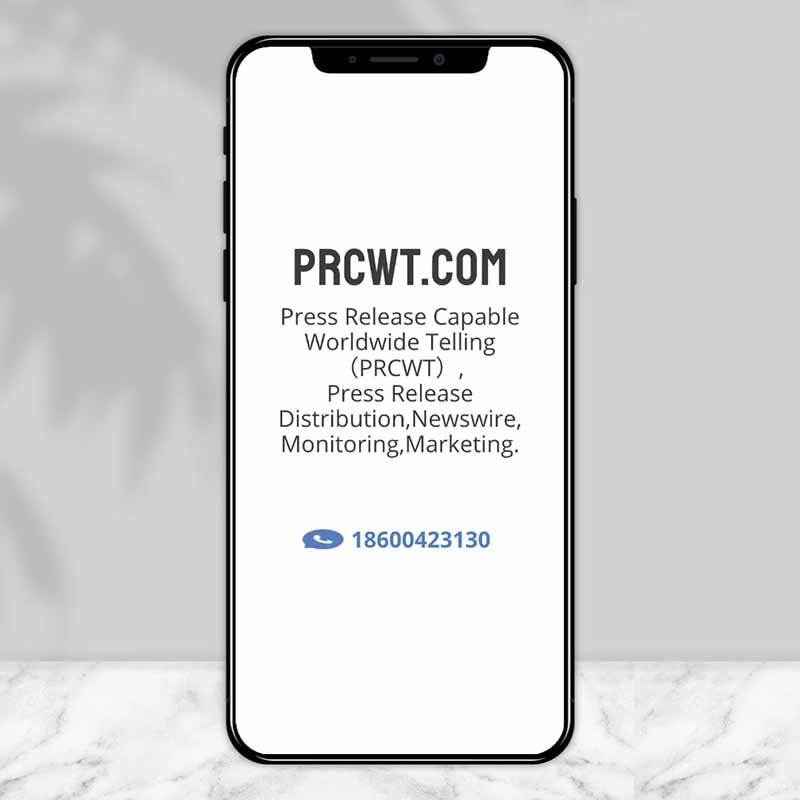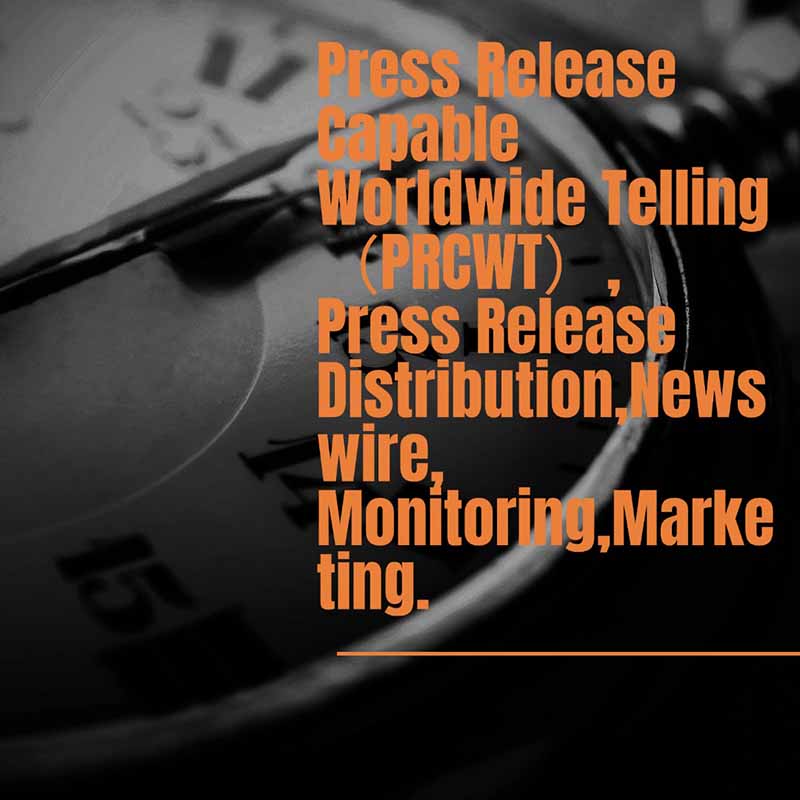In the digital age, media monitoring has become an essential tool for businesses and organizations. It involves the tracking and analysis of various media sources to gain insights into public opinion, brand reputation, and market trends. With the increasing importance of online and social media, accurate and timely media monitoring is crucial for making informed decisions and staying ahead of the competition. This article explores the significance of media monitoring, its methods and tools, and how it can be used to drive business success.
Media monitoring provides businesses with a comprehensive view of what is being said about them in the media. By tracking mentions of a brand, product, or service across different platforms, companies can identify emerging issues, manage crises, and enhance their reputation. It also helps in understanding customer sentiment and preferences, enabling them to tailor their marketing strategies accordingly. According to recent industry data, businesses that invest in media monitoring are 30% more likely to have a positive brand image and 25% more likely to increase customer loyalty.
There are several methods and tools available for media monitoring. Traditional methods include manual monitoring of print and broadcast media, while modern tools utilize advanced algorithms and natural language processing to analyze large volumes of online data. Social media monitoring tools, in particular, have gained popularity due to the vast amount of information available on platforms such as Twitter, Facebook, and Instagram. These tools allow businesses to track mentions, sentiment analysis, and engage with customers in real-time. Additionally, sentiment analysis tools can help in quantifying the emotional tone of media coverage, providing valuable insights into public perception.
One of the key benefits of media monitoring is its ability to help businesses manage crises. In today's fast-paced media environment, negative news can spread rapidly and have a significant impact on a company's reputation. By monitoring media in real-time, businesses can detect potential crises early and take appropriate measures to address them. This may include issuing statements, engaging with the media, or implementing damage control strategies. According to a survey by the Public Relations Society of America, 80% of companies that effectively manage crises have a better chance of recovering and maintaining their reputation.

Another important aspect of media monitoring is its role in driving business success. By understanding customer sentiment and preferences, businesses can develop more targeted marketing strategies that resonate with their target audience. They can also identify emerging trends and opportunities, enabling them to stay ahead of the competition. For example, a company that monitors media for mentions of a new technology can quickly adapt its products or services to meet the changing market需求.

In conclusion, media monitoring is a powerful tool that can provide businesses with valuable insights into public opinion, brand reputation, and market trends. By investing in media monitoring, companies can make informed decisions, manage crises, and drive business success. With the不断 evolving media landscape, it is essential for businesses to stay ahead of the curve and leverage the power of media monitoring to gain a competitive edge.